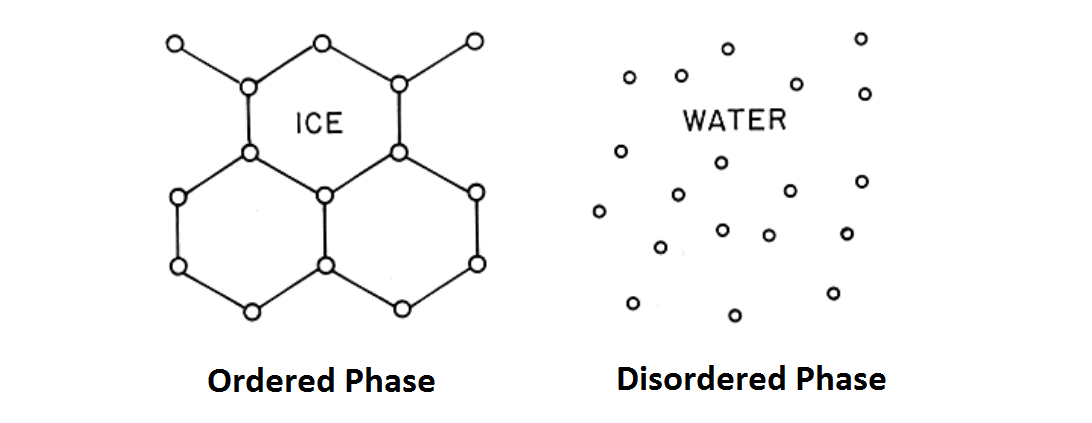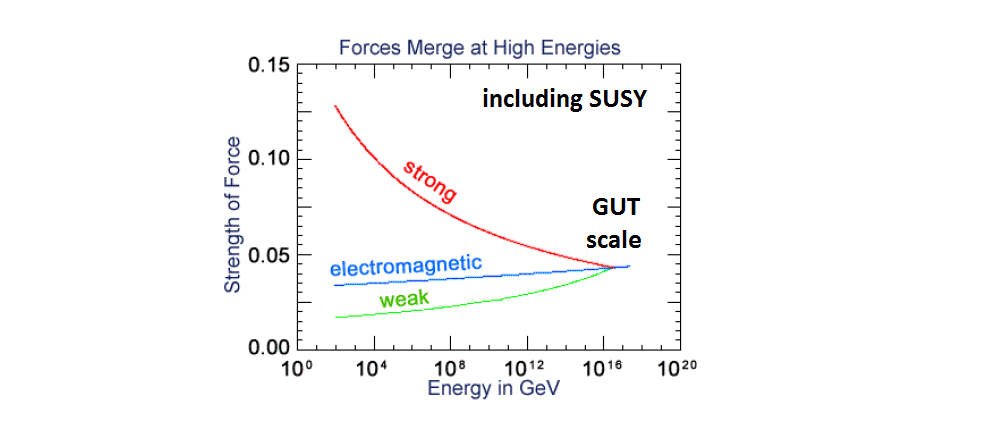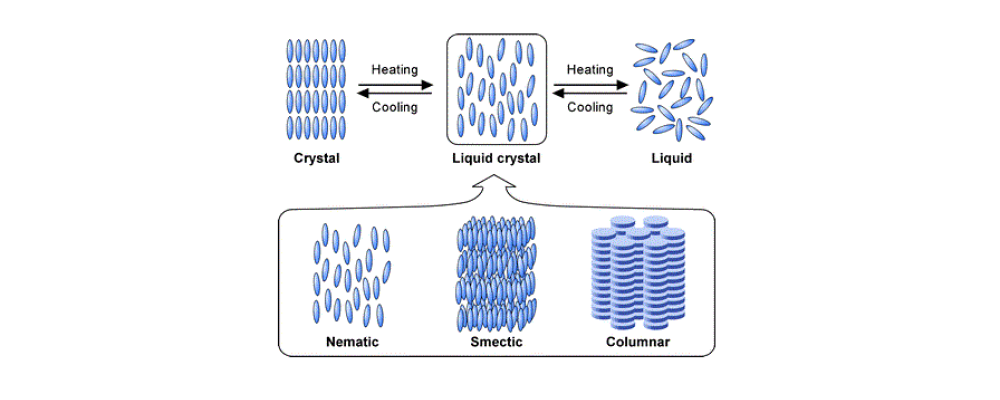The formation process of topological defects is triggered by a phase transition from a disordered phase to an ordered phase, originates from a spontaneous symmetry breaking. For now, let's call the value of the broken generator on the ordered phase to be VEV (for example, the norm of magnetization vectors in the system is fixed at the ordered phase, then the broken generator corresponds to the norm information of the vector and the VEV is nothing but the value of the vector length). There are different way to produce topological defect in the system, for example for our universe to go through an inflation process in the early stage or a condense matter to heat up and cool down non-adiabatically, but the main idea is usually the same: make different patches in the system has different VEV directions (receive different values on the order parameter space), then topological defects can be born between patches. Indeed, the simplest example for this is consider an order parameter space with only 2 distinct value (Ising spin model for example), then the interface between different value patch create a domain walls. If the cut-off length scale is small, then on can see that the energy of the wall is extremely high as the field gradient (the energy density proportional to that gradient square) goes to infinity on it. How topological defects are formed mathematically (for example, their population in the system) can partially be understood through Kibble-Zurek mechanism
.
Let's look at a simple formation process of domain walls originates from a symmetry breaking process as the energy scale decreases gradually (for example, the temperature of the system is cooled down), goes below the symmetry breaking energy scale and receive a VEV. The VEV direction will be different for different patches of the system if the relaxation time is slow enough so that these patches cannot tell what's going on with the other (prevent patches to have same VEV directions, which is energetically favorable).




The symmetry breaking energy scale is defind so that the quantum fluctuation of the fields is about the same order as the distance between the ground configuration's field values. Assume that the initial energy scale of the system is very high, much higher than the symmetry breaking energy scale, then the fluctuation is violent enough so that effectively the 2 potential wells cannot be seen. Hence the symmetry is not broken, and the system is in a disordered phase. As the energy scale goes down, the middle bump becomes more visible and cannot be neglected anymore, and when the energy scale is about the order of the symmetry breaking energy scale, the transition happens, and the system comes to a more ordered phase. The energy scale keeps going downs, and if the scale is small enough then the field values effectively only jump between only two values. As one can see, the values are locked, and the order parameter space can be read-off easily.

When the system go through the transition (pass through the symmetry breaking energy scale), if it's fast enough compare to the relaxation time, then it's possible for different patches of the system received a different VEV direction (at the locked VEV). The same argument can be applied for a more complicated fields, for example the argument for cosmic string and magnetic monopole production in the early universe is similar as the inflation decreases the energy scale as time goes on, and at GUT scale the symmetry is broken from GUT symmetry (SU(5) or SO(10), artificially depends on the phenomenology one wants to look at) to the Standard Model symmetry, hence defects are born. It's a simple but very powerful explanation.

It's straight-forward to see that if one pumps energy in a specific region so that the energy scale becomes larger than the symmetry breaking scale, then the ordered phase, at least locally, can comes back to disordered and the topological defects can be destroyed (the order parameter in that scenario loses it meanings, and the topological properties is changed)

Also, topological defects can be form if the boundary of the system has some symmetry breaking properties, so that it's energetically favorable to has the defects inside. For example, a rotating bucket (the boundary breaks U(1) symmetry) of superfluid will have when the angular momentum of the system is large enough (the value can be estimated classically, using the result in Small Perturbation part and the equation for the energy in a rotated frame; this is a good exercise!).
